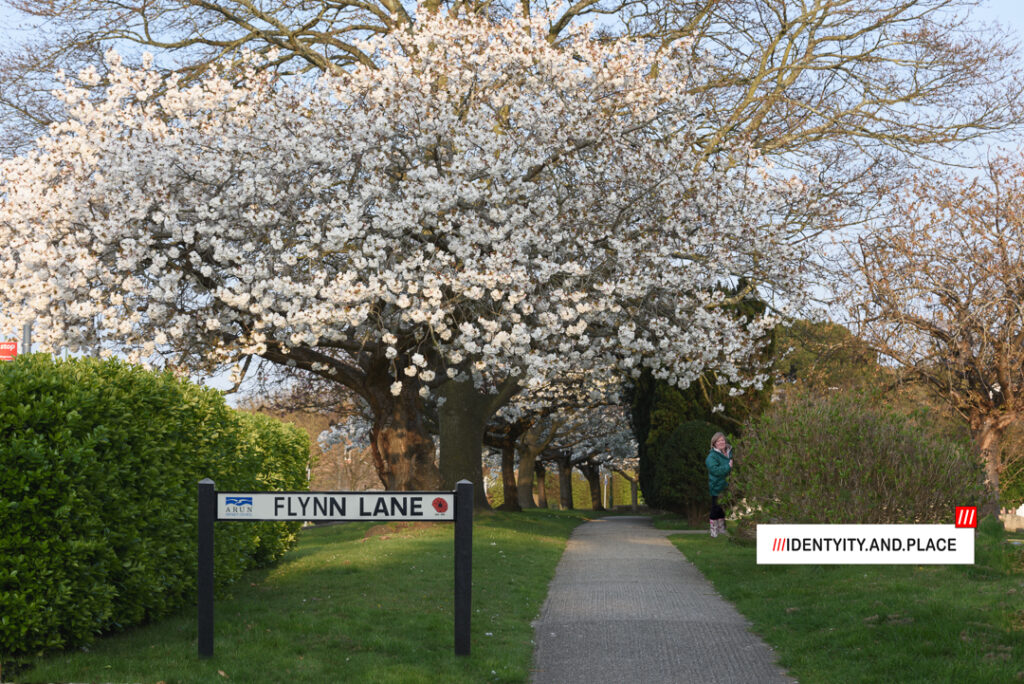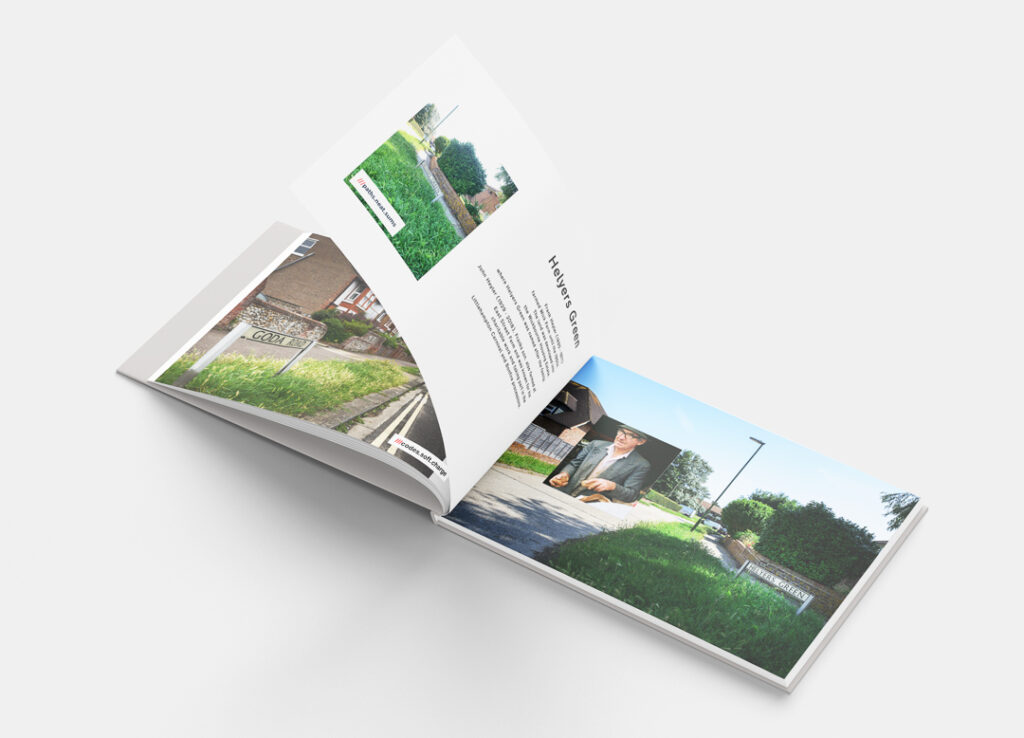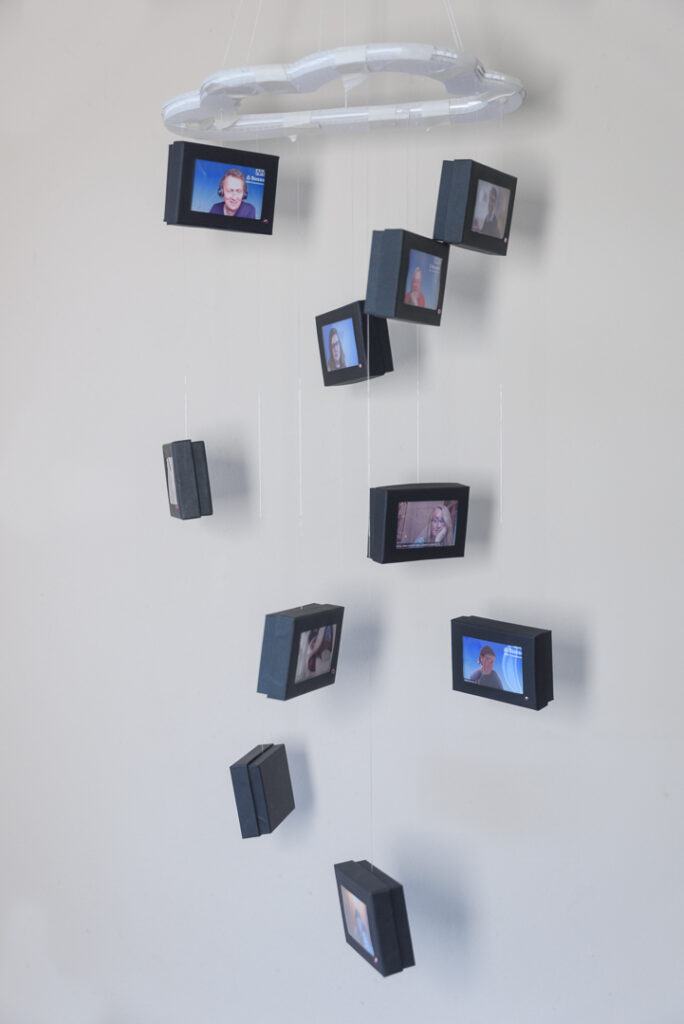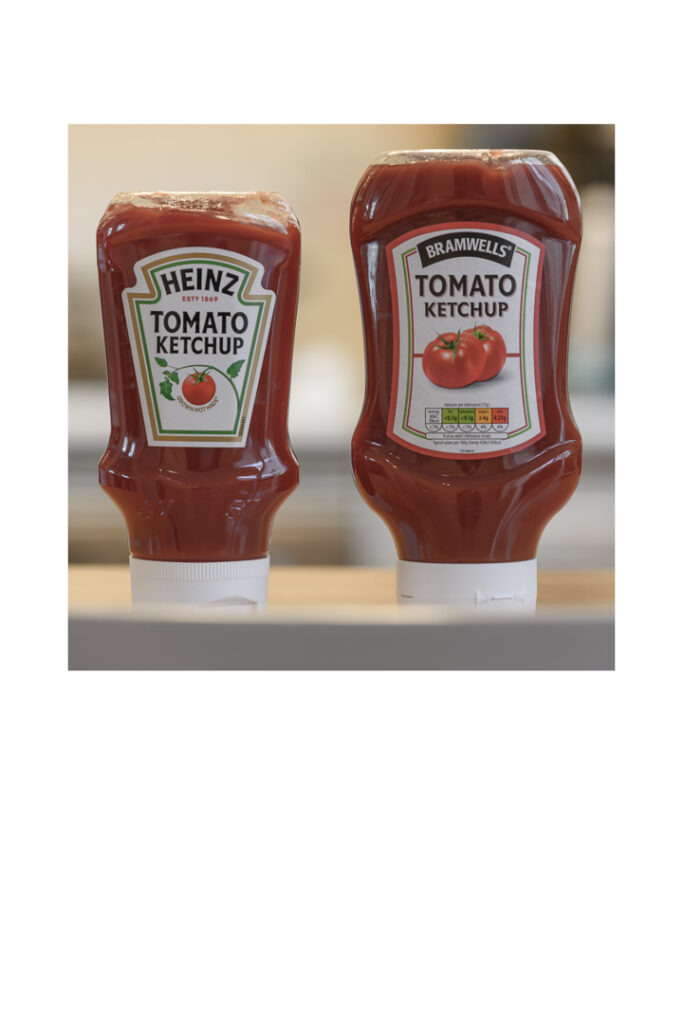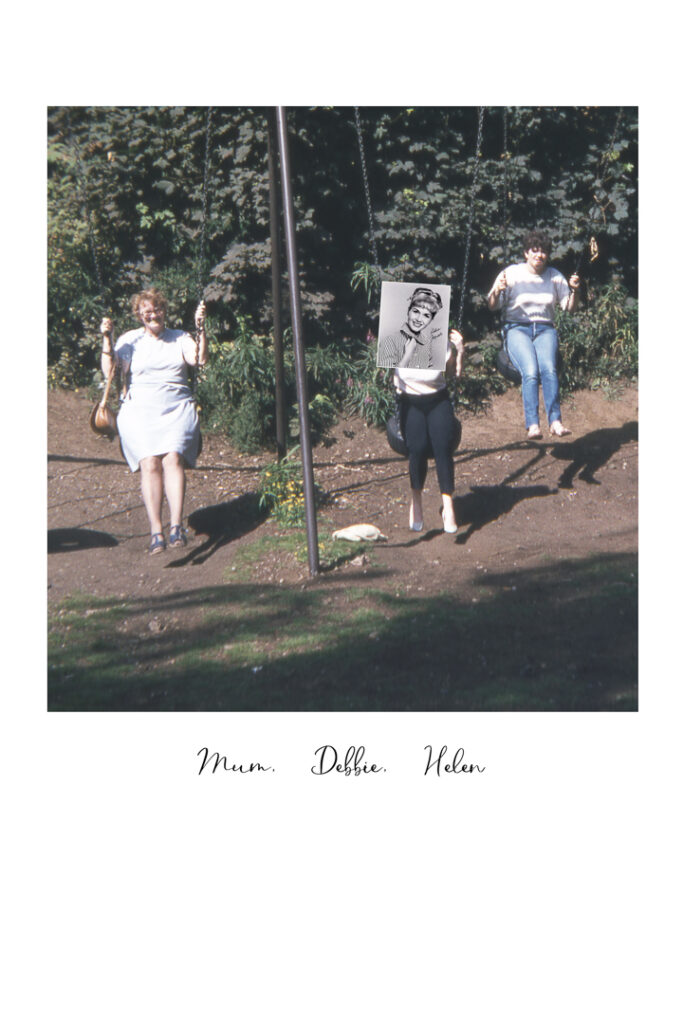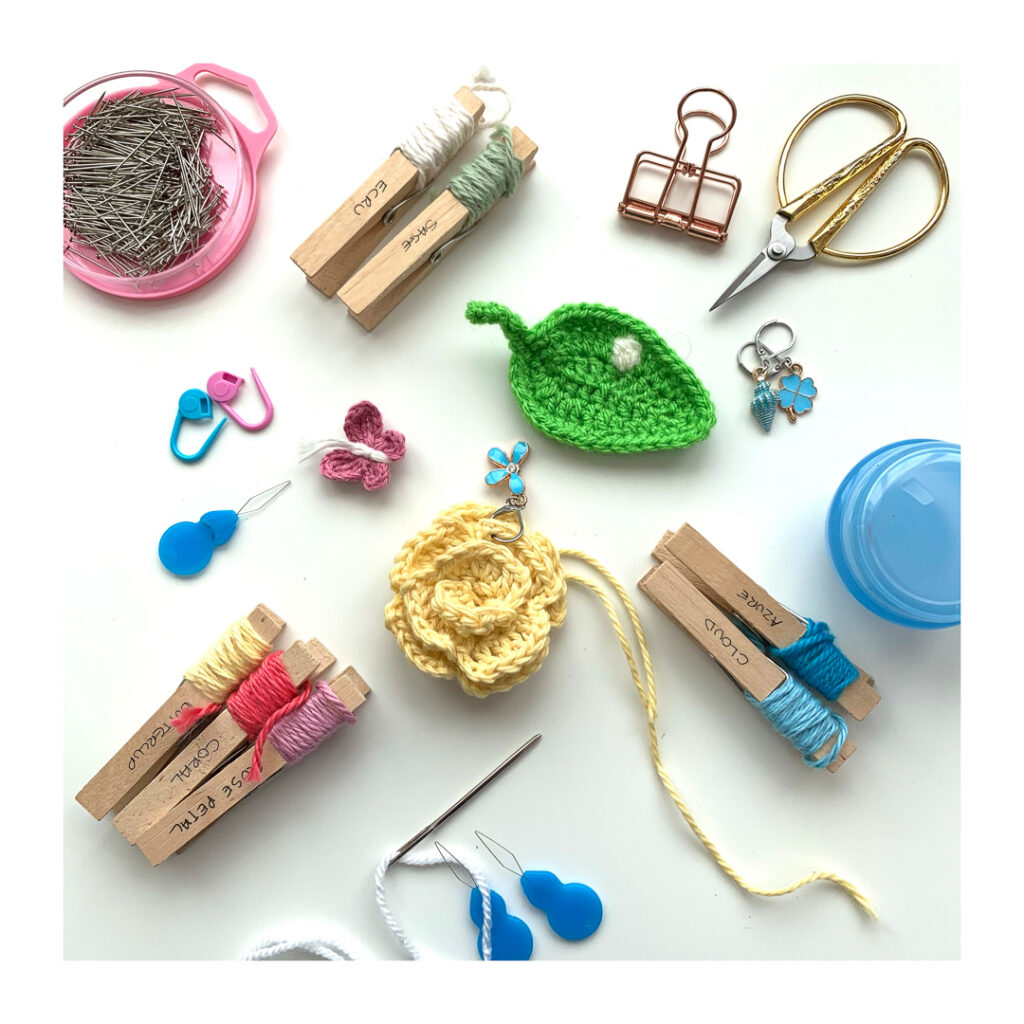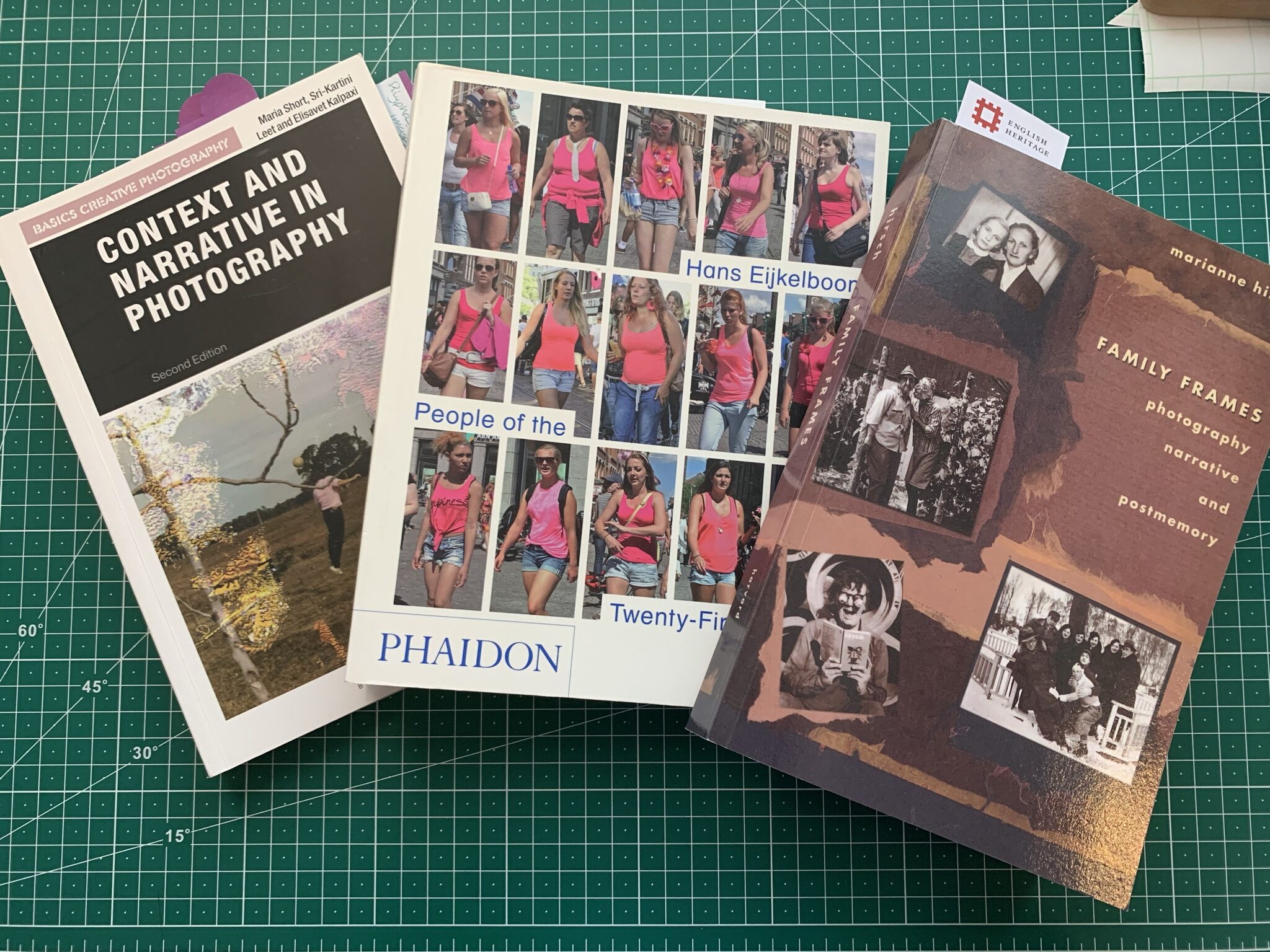Photography 1: Identity and Place – Reflective Evaluation
“This will be an opportunity to reflect on your learning experiences as a whole”
All Coursework, Assignments and Learning for this course has been recorded in my learning log at:
Identity and Place – Debra Flynn Learning Log
Identity and Place is the third course I’ve completed with the OCA and marks the end of Photography 1. Therefore, I thought I’d start by reflecting on my journey to this point.
When I started the degree course with Expressing Your Vision I stated that I aimed to understand what was ‘the thing’ I wanted to say with my photography. I learned how to plan and research before creating my images and that I could “follow my own bliss” in relation to the work I do. I also learned that as an art, technical mastery of your equipment it a tool to you achieving your vision.
At the end of Context and Narrative, the second of the three courses at this level, I reflected that my biggest take away was ‘that everything within an image matters’. We looked at some of the theoretical tools for reading photographs and learned that how you present your work can change the meaning of it to the viewer. I was particularly pleased with Assignment 1 and Assignment 5 in this course.
At the end of Identity and Place I can honestly say that this has been a difficult 18 months! One month after starting the course, the country went into a total lockdown due to the global COVID-19 pandemic. To be honest this completely floored my studies for a while. My day job is a Quality Manager in the NHS, therefore, I was immediately confined to working at home (and still am!). This meant that exercises and assignments which required images of people were particularly difficult to complete. I did struggle to keep motivated and found Assignment 2 a real hurdle to overcome. This ended up with me asking for an extension to complete the course. Three things really improved my motivation after that, one having a deadline, two; the relaxing of Lockdown and three; the last three parts of the course being much more engaging.
Right at the beginning of the course, I said in my Learning Log that “as someone who loves people photography, I think this will really suit me” . . . . but “will challenge me to take pictures of strangers”.
In reality, it hasn’t challenged me in the way I thought it would. I’ve found that I’m not the ‘people photographer’ I thought I was, in fact the elements of the course I’ve enjoyed and connected with most have been Parts 4 & 5 ‘Image and Text’ and ‘Removing the Figure’. I’ve found working with people, especially one’s you don’t know, offers an element of risk to the outcome you are intending, as it becomes a collaboration between the photographer and the sitter. As the photographer you need to be able to clearly describe what you are wanting to achieve and hope that the sitter can deliver. The one caveat to this is that I have mostly used people I know who are willing (or sometimes, unwilling) volunteers. I wonder if using paid models would result in a better outcome?
The coursework for this unit has been highly centred around research of given artists such as Elina Brotherus, Marianne Hirsch, Jim Goldberg, Georges Perec and Douglas Heubler. Whilst this has been interesting I have felt encouraged by my tutor and webinar’s I’ve watched such as Artist Talk with Anna Fox to seek out photographers I particularly connect with as well. I have done this in different ways, such as google searches based on themes or artists being studies and listening to talks by a range of different photographers at a local camera club, some of which I have written up in my blog.
One good outcome of the pandemic is that a lot of talks and exhibitions are now online which makes it much easier to access them all over the world.
From my previous assessment feedback, (context and Narrative) I was commended for the positivity and energy to my work which resulted in a variety in my work. I admit that this was somewhat lacking in the early part of this course, however, I hope that assessors will be able to see the positivity returning towards the end of the course and that my responses to the assignments were again imaginative and well thought through, right up to how they would be presented. Assignment 3 – Version two is an example I am proud of, as it wasn’t my initial response to the brief, but was an idea I had been exploring which came to fruition after an audiovisual conversation with my tutor who encouraged me to try it.
Another area mentioned as beneficial to development of my own personal voice was to become engaged with the student community. This year I had the opportunity to join a student zoom group with students studying the same course. There were 5 or 6 regular members who I have found to be really helpful and motivational. At first, I was a little worried about presenting my own work to my peers, but soon found that it was a very supportive and non-judgemental group which have really helped me shape ideas and feedback on my work. They were also a great source of other photographers to look at.
In the words of Bill Gates: “Feedback has been absolutely key to my improvement” during this course and I am so pleased with the feedback and conversations I have had with my tutor. His approach was to send me written feedback which was then used as a basis for our audiovisual conversations. This approach really suited me as I was able to consider his comments and reflect on them before we spoke. Making our conversations all the richer. I have also written up my reflections on our conversations to enhance the assessment feedback.
In summary, I have finished this course strongly, with my tutor’s final comments being “You are showing much promise and you have made strides of progress during this course.” At first I questioned my progress, but having looked back for this assessment and reflected, I believe that what I originally saw as a blocker, i.e. the lockdown, has actually been a catalyst to me looking at my work from a different angle and actually made me realise that I really enjoy the style of photography where I am in control of what I am depicting, such as personless portraits. I have also really engaged with the idea of mixing media, in text and narrative and the bringing together other elements into my work such as found images, writing, objects etc.
One drawback to doing a time limited course is that you don’t have time to really explore and refine ideas, however, this course has given me the opportunity to start a few projects which have potential to lead to others or could be gone into, into more depth. I am now excited to continue into Level 2 and see how much further I can develop.
Debra Flynn (2021)
